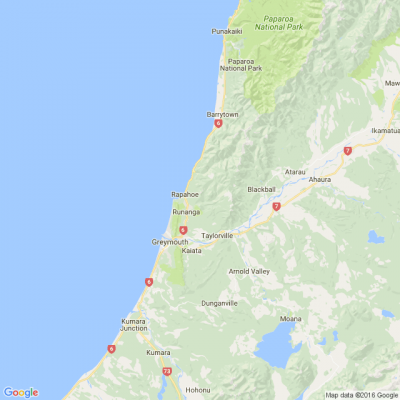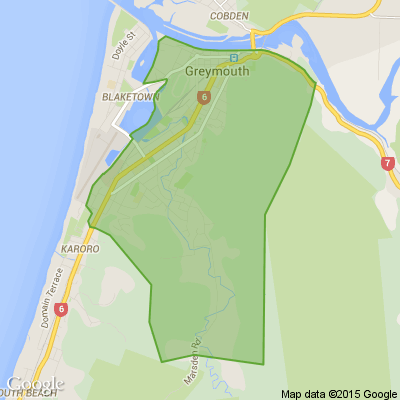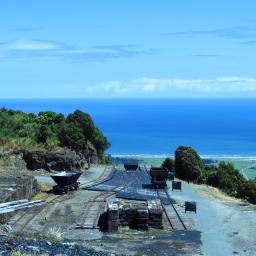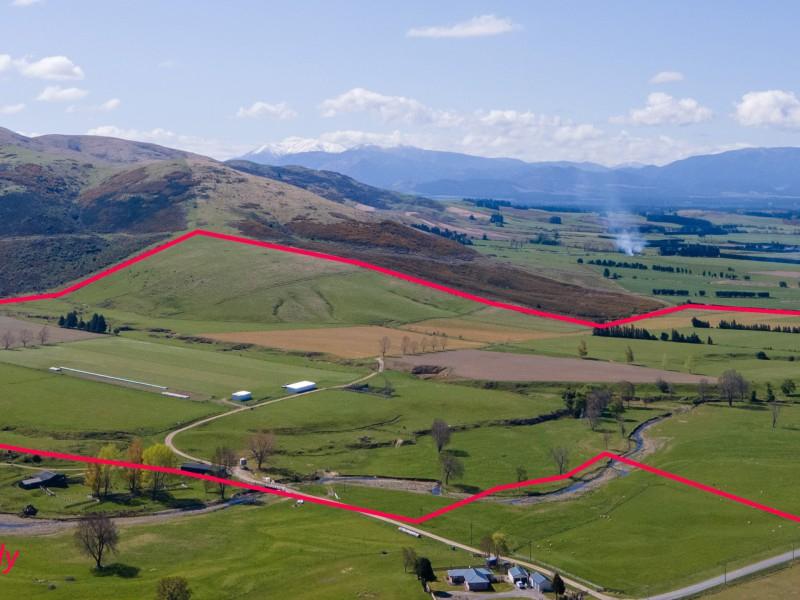Level of contamination ‘not known’ in about 70% of West Coast sites
By local democracy reporter Brendon McMahon:
There are still big gaps in the knowledge about the number of contaminated and environmentally hazardous sites on the West Coast.
The West Coast Regional Council's Hazardous Activities and Industries List (HAIL) identifies 533 sites across the region.
A new report by council says the presence or extent of contamination is "not known" for 70% of the sites.
At this stage council staff resources dedicated to HAIL and contaminated work represents about one half-time staff member, annually, the report said.
The sites represent a range of past activities and industries in the region.
The most common are: service stations (40%), landfills (10%), power substations (5%), previous mining exploration (4%), and previous gas works (4%).
Councillor Peter Ewen has repeatedly called for the region's HAIL list to be brought up to speed and thanked council staff for the updated list.
"It's very good to have this (but) there are a number of concerns," he said.
"The word that springs up in this report is a lot of sites have been 'assessed' but a lot haven't."
Ewen said the council should be seeking external funding to get a better handle on the scope of hazardous sites across the region, including former rubbish dumps.
"We've got to get some significant financial assistance to address this, and I think we should be accessing that."
The council HAIL register report included additional information from the Department of Conservation noting that it had 301 hazardous sites under its administration.
Only 48 of these were already included in the council list.
DOC-managed contaminated sites were typically former coal or gold mine sites.
Ewen asked the council draft a letter to the Director General of DOC to address:
* The department's work programme, resources and funding dedicated to its West Coast HAIL sites;
* That DOC should inform the council of any discharges occurring from their sites, "that are not already consented";
* Evidence of any Government funding received by DOC to deal with contaminated West Coast sites.
Ewen said the region did not want the spectacle of another Fox Glacier dump disaster.
"It's an issue that is not going to go away if we ignore it. Another day, it's another dump that gets washed away. We've got over 300 of the them, and most are not consented," he said.
"The thing I'm concerned about is the guardian of the environment, DOC, has a lot of these sites. They must know where they are."
The council agreed on April 9 to adopt Cr Ewen's recommendations.
DOC has been approached by LDR for comment.
Council science manager Jonny Horrox said council had to "give effect" to the national legislation on the risk contaminated land poses.
He said council was required to identify sites that posed or might pose health risks. This was to manage the risk appropriately on behalf of the community for land use changes or proposed earthworks.
Horrix said of the 301 DOC sites, about 48 were already listed by council.
* Eight are within the department's national 50 high risk sites;
* The presence or extent of contamination was unclear for the majority of DOC sites;
* The DOC sites represented a range of activities and industries in the region, "but mining is the main HAIL activity for 80% of sites.
Horrix said various terms had previously been used but HAIL was best understood.
"Sites are on the register as a precautionary measure ... contaminants may or may not be present."
However the HAIL register was to inform future decisions around site use, he said.
"It does not mean all sites are contaminated."
Photos:
* The former Prohibition Mine site at Waiuta cost the Department of Conservation $2.6 million to clean-up from 2016-18 of what had been assessed as the most toxic mine site in New Zealand and the second most arsenic-contaminated site in the world. (Department of Conservation)
* The top of the former Denniston Incline on the Denniston Plateau north of Westport. The area is one among many historic mining sites managed by the Department of Conservation on the West Coast where there is a legacy of contamination such as acid mine drainage. (Brendon McMahon)
Poll: Is it rude to talk on the phone on a bus?
Buses can be a relaxing way to get home if you have a seat and enough space. However, it can be off-putting when someone is taking a phone call next to you.
Do you think it's inconsiderate for people to have lengthy phone calls on a bus? Vote in the poll, and add your comments below.

-
64% Yes
-
33.7% No
-
2.3% Other - I'll share below
Become an SPCA Foster Hero!
Kitten season has arrived, and over the next six months, over 8,000 cats and kittens will come into SPCA’s care. Please help us give these babies the best start in life and sign up to be a foster parent today! It's not just cats and kittens - we are also urgently seeking foster homes for dogs and small animals.
Fostering saves lives and helps these tiny babies grow into healthy, well-adjusted adults, ready for adoption. We cover all training and costs. All you need is time and love to spare!
Sign up today and save a life!
Become an SPCA Foster Hero!
Kitten season has arrived, and over the next six months, over 8,000 cats and kittens will come into SPCA’s care. Please help us give these babies the best start in life and sign up to be a foster parent today! It's not just cats and kittens - we are also urgently seeking foster homes for dogs and small animals.
Fostering saves lives and helps these tiny babies grow into healthy, well-adjusted adults, ready for adoption. We cover all training and costs. All you need is time and love to spare!
Sign up today and save a life!












 Loading…
Loading…

















